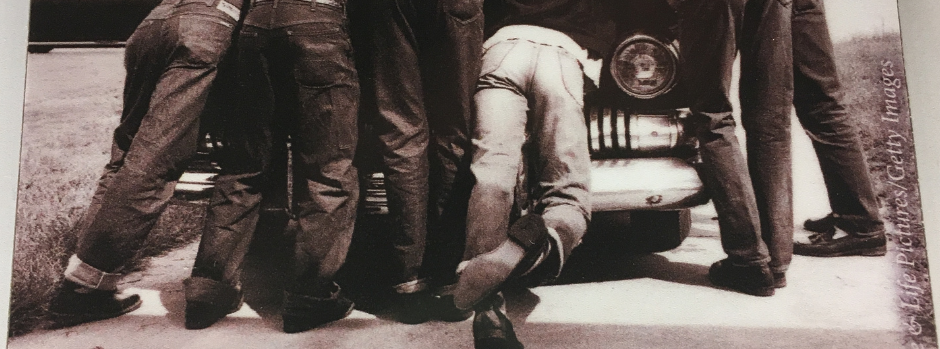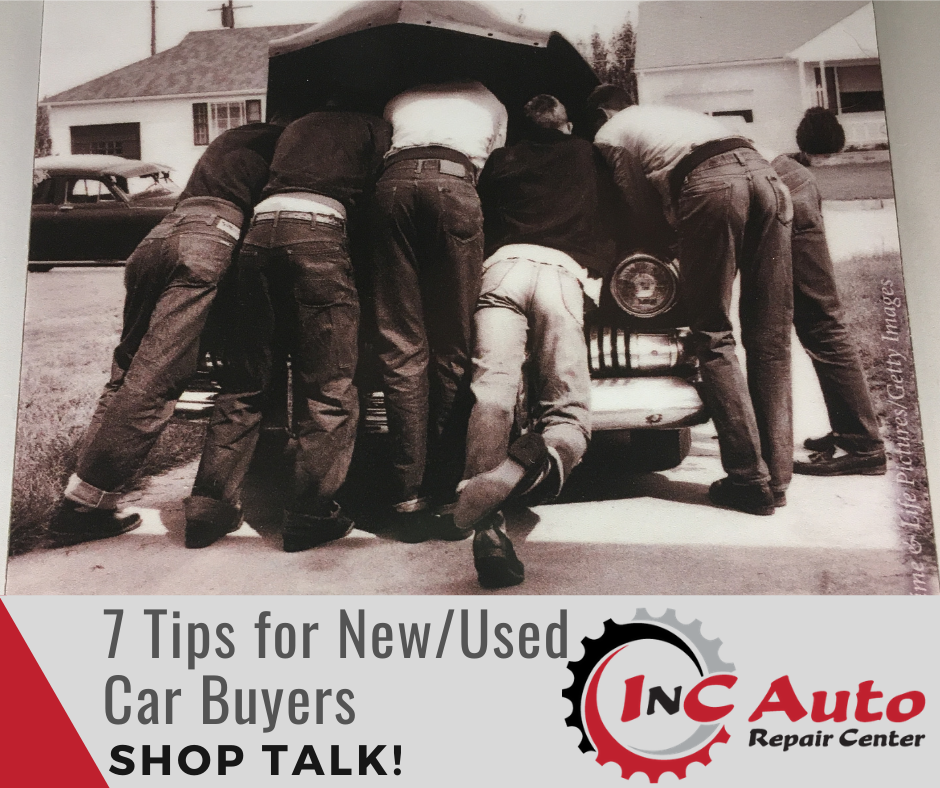

If you’re like many people, 2020 has driven you to shift gears in many of your everyday practices – including how you motor around town. Did part of your daily routine include dropping your car at one of many Park-n-Ride lots around Parker and Denver, scanning your RTD MyRide Pass and hopping on your favorite RTD train or bus? Yep, us too. Here’s the thing: if you’re not going into the office, but instead working from home, how are you getting around town? You may now have a need for a reliable vehicle that allows you to hit the grocery store, get the kids to school or daycare, or make a needed trip to the doctor or dentist.
This shift is common and has created a strong market in buying and selling used cars and trucks. If you’re a buyer, the best advice we can give you is consider working with a reputable auto broker who deals in used vehicles – such as H.M. Brown or AAA. If you end up buying directly from a private party, make sure to schedule a professional inspection with an independent mechanic, like InC Auto Repair Center in Parker, Colorado.
So … now that you’ve got that new used car or truck in your garage, what’s next? Here are our top tips and suggestions for properly maintaining your “new” vehicle!
Do Your Homework
Read your owner’s manual – cover to cover – on Day 1. You should find it in the glove box, or very likely online depending on the age of the vehicle. It will tell you everything you need to know about your new vehicle including recommended service cycles. It will illustrate where to find the basics like reservoirs for refilling everything from windshield fluid to oil.
Best Maintenance: Oil Changes
Level up on what type of oil is recommended for your vehicle, and how often it should be changed. Best practices: have a qualified mechanic look at your vehicle every 3-4,000 miles or every 3-months – whichever comes first. At InC Auto Repair Center, we include a complimentary 30-point Vehicle Health Evaluation and Tire Rotation with every oil change. Even with driving less in 2020, you need to have your tires rotated, belts inspected, cabin filters changed, and fresh oil running through your engine. It’s the best maintenance you can hope to deliver to the car or truck you and your family rely on!
Tires Carry the Load
How much air pressure is recommended for your tires? Check the owner’s manual, the tire manufacturer’s website, or look inside the driver’s side door panel. Once you know how much pressure the tires require, grab your reliable tire gauge and check your pressure. By the way, it’s best to check your tire pressure while the tires are cold. Once they warm up through driving, the pressure can increase. Tire pressure is known to decrease during cold outside temps, so don’t be alarmed. Just give them a breath of fresh air! If your tire gauge or internal warning lights continue to report low pressure after you’ve add air and have driven the vehicle at least 25 mph for 5-10 miles, ask your mechanic to take a look. You may have a puncture or slow leak that they can fix for you!
Can You See Clearly?
The absolute worst is getting caught on a dark, rainy night or moist freeway kicking up damp road grit and mag-chloride with windshield wipers that don’t pull their weight. At the first sign of streaks, invest in a fresh set of windshield wipers – you will thank yourself!
Let There Be Light
When your checking over that new car or truck before the purchase, don’t forget to check ALL the lights:
Low & High-beam headlights
Tail & Brake lights
Fog & Turn Signal lights
Keep a Positive Charge.
Again, with fewer or shorter trips in your car, it’s easy to have your battery lose charge over time. Make sure you have a set of jumper cables in your car and KNOW how to use them! A few basic tips in this order:
#1 Find a friend or neighbor willing to help you, and put both vehicles in PARK.
#2 Turn off the engine on the donor vehicle; your vehicle is already off (due to the dead battery).
#3 Attach one RED clip to the POSITIVE terminal on the dead battery (presumably yours).
#4 Attach one RED clip to the POSITIVE terminal on the donor car battery.
#5 Attach one BLACK clip to the negative terminal on the donor car battery.
#6 Only then should you attach the remaining BLACK clip to an unpainted steel part of your vehicle.
#7 Start the donor vehicle and let it run for 5+ minutes to send a charge to your dead battery.
#8 Then try and start your vehicle – it should start up pretty quickly.
#9 Give your car a good run at higher speeds to give the battery a good charge.
#10 If your battery fails to hold a charge, it may be time for a new one. We can help with that, give us a call.
Tidy is as Tidy Does
At our house we laugh that the car always runs better when it’s clean! While that may just be in our heads, the fact is you are protecting your car when you keep it washed. We mentioned mag-chloride that is used on roads to inhibit ice buildup. It can also corrode not only your paint but the vehicle body. The same with tree sap, bugs on the windshield and grill, and more. And did you know: it’s more environmentally friendly if you go to your neighborhood car wash than washing it yourself in your driveway? You end up using less water and send less soap and detergent into your lawn and city sewer systems.
Have questions? We are always here to help. Give us a call at InC Auto Repair Center in Parker Colorado. We’ll put that car or truck you have your eye on through its paces with a professional inspection and once purchased, help you build a solid vehicle maintenance plan!

Leave a Comment
You must be logged in to post a comment.